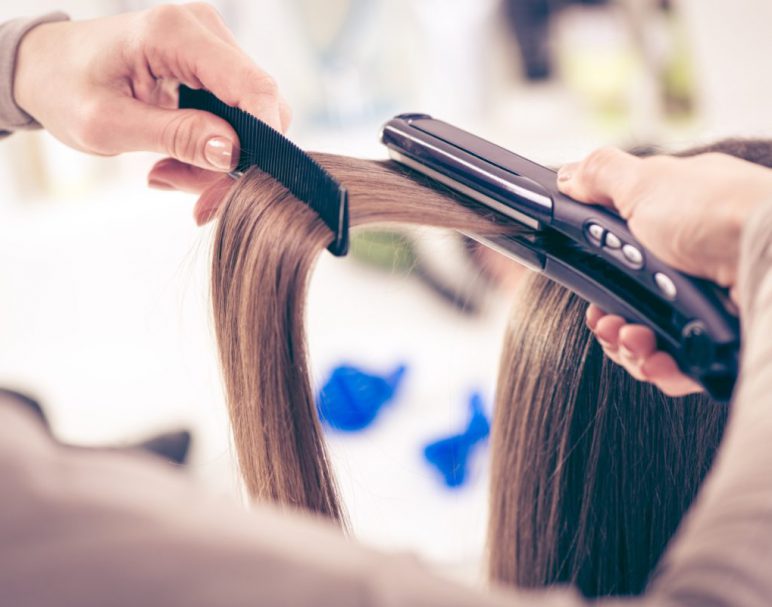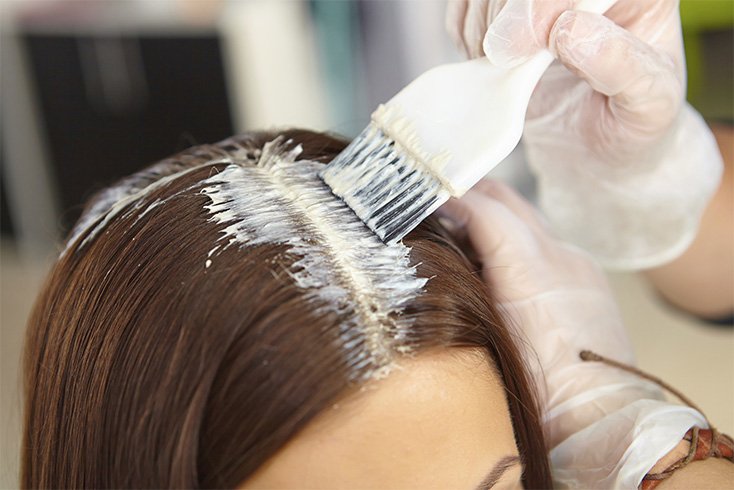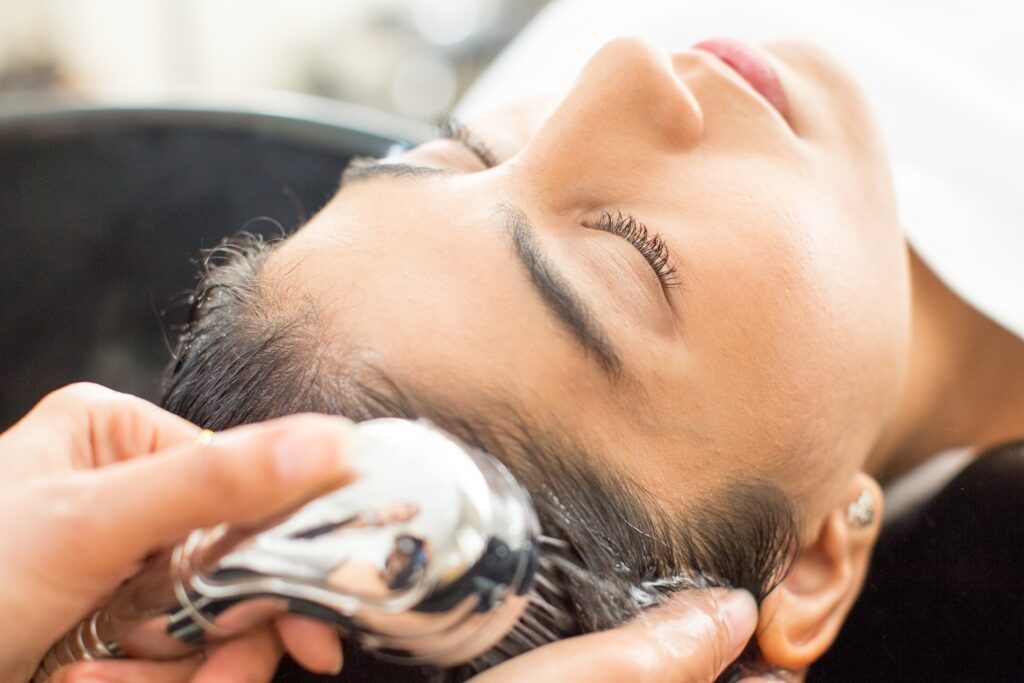When it comes to our look and taking care of ourselves, there is nothing quite important like hair. Since the dawn of time, hair has had a special place in society. Rulers and warriors utilized their long hair to show their dominance and perseverance in battle, as the longer the hair the more battles they have won. Both kings and queens are no strangers to elaborate hairdos through which they showed power and influence, which later translated to all the nobility.
Nowadays, hair is as important as it has ever been, especially among women.
With so many options and looks to choose from, it may be difficult to determine what you actually need. This is true both for simply stylizing your hair, as well as nurturing it. Modern cosmetics and procedures allow us to achieve things we could only dream about several decades ago, and one such procedure is the star of our article today. Right here and now, we will talk about hair rebonding. If you have no idea what it is, do not worry. You will learn all there is about it in the next several paragraphs mostly through the pros and cons of hair rebonding. To learn even more about it, make sure to check what experts at Instraight have to say about it.
What is it exactly?

Hair rebonding is the process of breaking and bonding hair. It is done with chemicals and involves breaking down amino acids in the hair. It exists to restructure and reshape the hair and retain its natural look, and make it stronger and more nurtured.
It has become quite popular in the last couple of years with anyone who wants to make their hair look slicker and healthier, which is why beauty and hair salons offering hair procedures are packed and their schedules full. During the procedure, proteins are bound in a pattern, proteins that are in charge of curling and the random structure of individual hairs. Therefore, rebonding is often used by those who want their hair straightened and smoothened.
The phases are different and their length depends on what kind of hair you have and what level of effect you wish to achieve. Straightening is first, done as a drying process with flat irons that straighten the hairs. This gives better shape and texture. Neutralizer comes at the end when the hair is styled and conditioned. During the initial heating parts of the whole procedure, a keratin treatment is also present that makes hair healthier and gives it a silky look.
Pros of Hair Rebonding
As everything, this hair technique comes with several good and bad sides. There are more positives than negatives we have to say, or rather, the positives greatly outweigh the negatives. Let us start with the good side.

1. Permanent Effects
If done right and at the most of a professional’s knowledge, and if the entire focus is on what the customer wants but with attention to their type of hair, the effects on hair will be near-permanent. We mean this in a way that hairs will get a great reset and a dose of amazing nurture, prolonging their life and making them shiny and silky for months. Density and strength of hair greatly influence the final product, and the key factor is that the roots remain healthy and unaffected. Unless you cut it, the hair will remain seamless in between two appointments with your hair professional.
2. Getting Rid of Pollutants
As you know, hair can be quite tricky to keep clean because it easily absorbs dust, smoke, and oil. Not everyone has the same hair sensitivity, but everyone has experienced dirtier and oilier hair than they would like. With rebonding, you get the most thorough cleaning possible. While washing your hair frequently does most of the job, treating it with chemicals and allowing it to restore itself on a molecular level cannot be beaten. The only way to completely remove some of the pollutants that you cannot even see is with this technique, so think about it if your hair gets dirty relatively quickly despite your careful and devoted routine.
3. Smoothness and Untangled Hairs
Walking in windy conditions, even in light breezes, tends to tangle loose hair which is then a nightmare to brush and untangle. Furthermore, air currents like this are great in ruining the smoothness you get when you wash it. After a rebonding process however, the hair will remain strong and resistant to tangling for much longer, even in the breeze. If you have always wanted to flaunt it a bit while walking, now you can!
Cons of Rebonding
Let us now explore the potentially bad sides of this beauty procedure.

1. It is Time Consuming
This has nothing to do with the actual hair per se, but with the overall experience. You will have to devote at least 2 or 3 hours out of your day for the process alone. Combined with the time it takes you to get to and from the salon, it could be tricky to find enough time if you work a regular 9 to 5 job. More demanding hair types might require even more time, and the more complex your locks the harder and longer it will be for the process to go on perfect.
2. Cost
Sadly, with popular beauty trends the cost is usually one of the biggest downsides. Most salons have hefty price tags for the whole process, and some offer the choice of selecting only a couple of phases. For the prices in your area it is best to check the websites of the salons you are interested in. We will say this, expect them to be considerably higher than what you may expect!
3. Chemicals may be Dangerous
There have been cases where the chemicals have damaged the locks and the scalp of those having the treatment, but that usually happens due to the improper handling or allergic reactions. The risk of burning the hair is always present too, but this also only happens because of faulty equipment or negligence. The chemicals however are the usual culprit, which is why it is not advised to undergo the treatment too often.
Related Posts:
- Pros And Cons Of Post And Beam Construction - 2024 Guide
- 10 Pros and Cons of Automated Cryptocurrency Trading…
- 4 Pros and Cons of DIY Website Builders - 2024 Guide
- 6 Pros and Cons of Using Unorthodox Gambling…
- 7 Pros And Cons Of Buying Patio Furniture Online in 2024
- What Are The Pros And Cons Of Spotify Premium?







